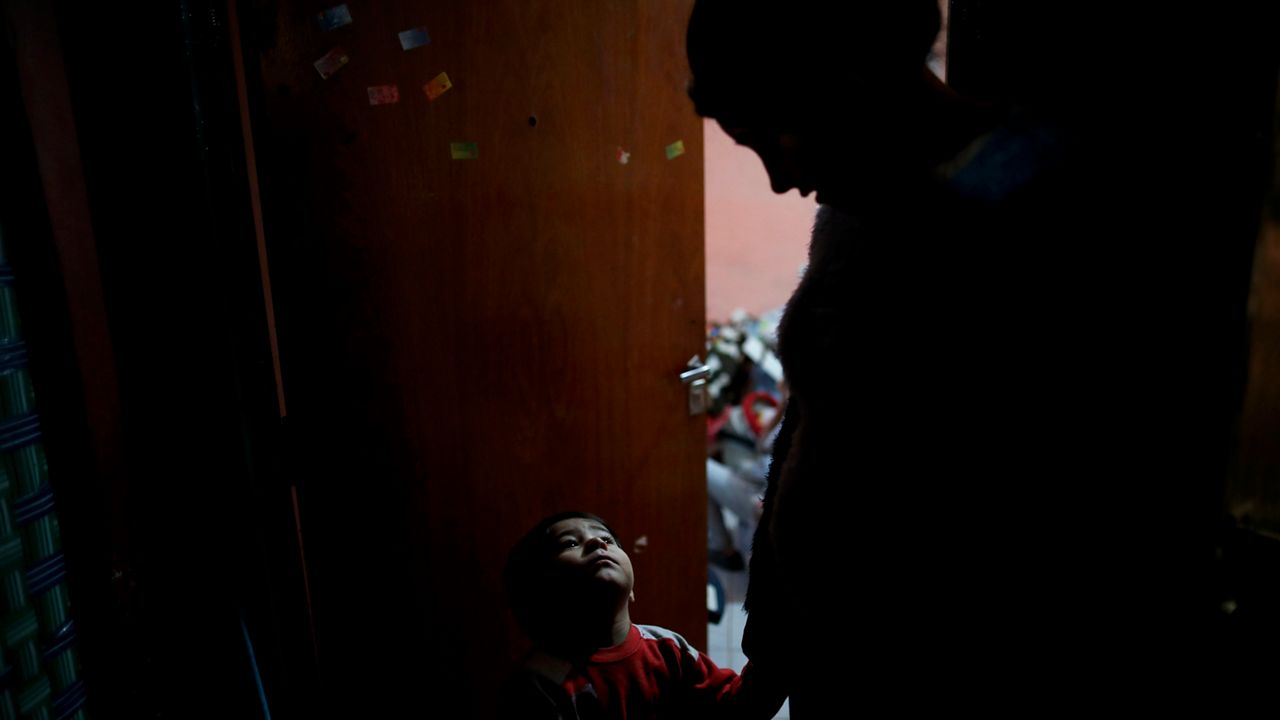ROCHESTER, N.Y. — While childhood poverty is creating a number of issues in communities across New York state, work is being done to stop it at its source.
What You Need To Know
Communities across New York are working toward combatting the problem of childhood poverty
About 1 in 5 children in New York state experiences poverty in a given year, according to The Children’s Agenda
The Child Poverty Reduction Advisory Council is tasked with carrying out the governor’s plan to reduce child poverty in the state by 50% over 10 years
“I’d argue it’s one of the most significant challenges facing New York state as a whole and certainly families in New York state. About 1 in 5 children in New York state experience poverty in a given year,” said Pete Nabozny, policy director at The Children’s Agenda. “That’s a problem affecting every community in the state. It’s a particular problem in some of our urban areas, particularly in upstate New York – Buffalo, Syracuse, Rochester, Schenectady, Utica and some of these other cities have among the highest poverty rates for children out of any cities across the country.”
So, what’s being done to address this issue? Nabozny says The Children’s Agenda advocates for policies that will positively impact children effected by poverty.
“We work to educate lawmakers, policymakers, people in different positions of influence, different community leaders to try to get them to adopt strategies that will lower poverty for children. You know, all throughout our community, some of that’s just building awareness. A lot of people still don’t understand the prevalence of poverty in the community,” he said.
There is action being taken right now. Nabozny is one of 15 members of the Child Poverty Reduction Advisory Council tasked with carrying out the governor’s plan to reduce child poverty in the state by 50% over 10 years.
In a meeting earlier this month in Albany, the team focused on the expansion of the child tax credit and making sure those who qualify know about it and have access to it.
And how the state is dealing with federal cuts.
“People are going to lose coverage, either health insurance coverage or the help that they need with the cost of food, and so the state has to figure out how we are going to deal with those federal cuts and what steps the state can take to ensure as many people remain eligible who need that help as possible,” said Nabozny.
The group is also making plans to find ways to help those who aren’t eligible anymore get the medical care, food and other necessities they need.
“I think there are going to be some really harmful effects of this federal legislation. But there’s also, it’s a chance for us as a state to kind of step up and take care of each other and care for our neighbors and make sure people aren’t left much worse off under this,” said Nabozny.
He says he believes it’s an effort that is going to take all levels of government.

